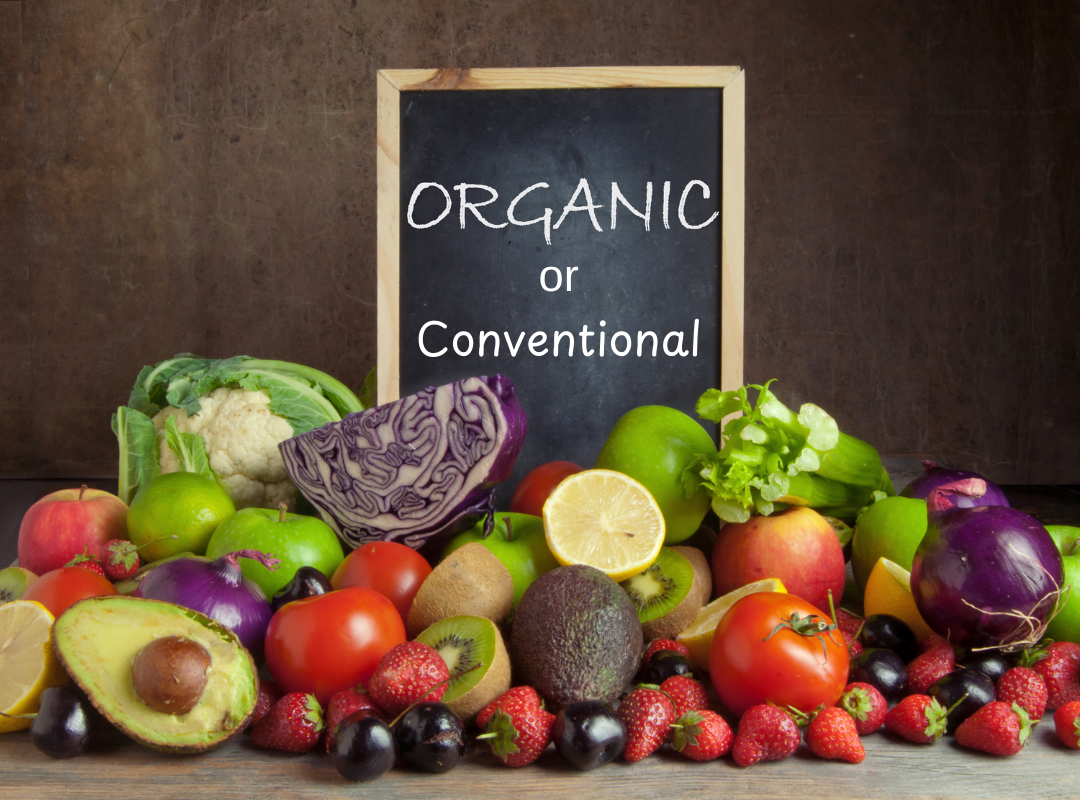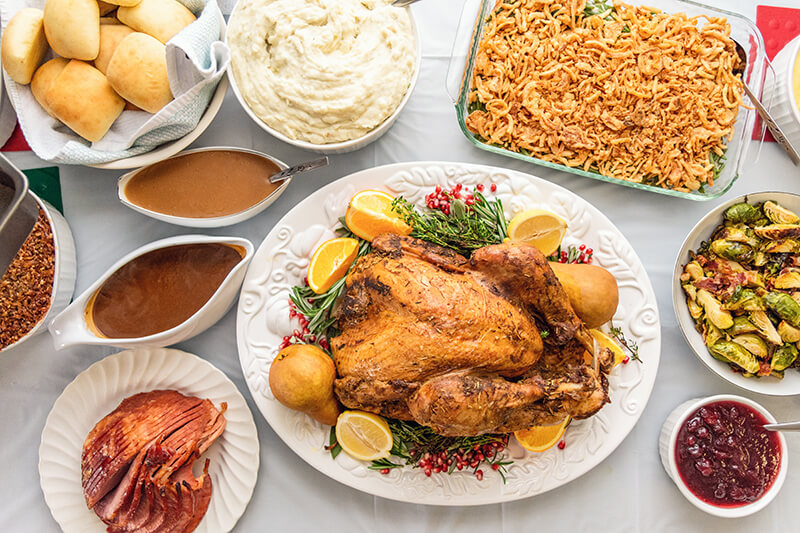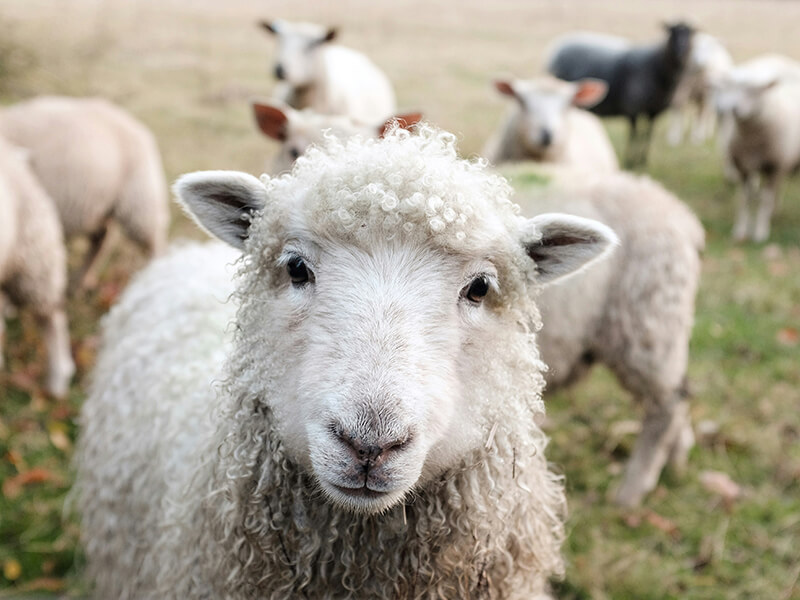
Photoperiod Phenomena (Grades 6-8)
Students will understand how photoperiodism impacts plants and animals in the environment and learn how egg farms use this science to manage the laying of eggs by their hens.

Students will understand how photoperiodism impacts plants and animals in the environment and learn how egg farms use this science to manage the laying of eggs by their hens.
Students explore the science and economic importance of grafting walnut trees.

Using the claim, evidence and reasoning model, students will compare and contrast organic vs conventionally produced foods to discover the differences and similarities of each farm production style.
Students discover that farm animals produce different types of products. Grades PreK-K
Students discover that there are many different types of farms. Grades PreK-K
Students investgate different food crops and how they grow. Grades PreK-K

Identify common Thanksgiving foods and their farm source, determine if those foods can be produced locally, and locate the common origins of their Thanksgiving day dinner.

Students will gain a broad understanding of the types and sources of different fibers, examining their origins and observing their differences. Activities in this lesson include examining clothing and clothing labels and observing how different types of fabrics burn.
Students explore the value of farmers markets to local communities and discover the benefits of locally-grown food.

Students explore the process of making wool into cloth.
Students investigate potato varieties, explore potato plants, determine how potatoes grow, and make a potato recipe.
Students will investigate sorghum, including the stages of plant growth, production in the United States, health benefits, geography, and positive environmental impacts.